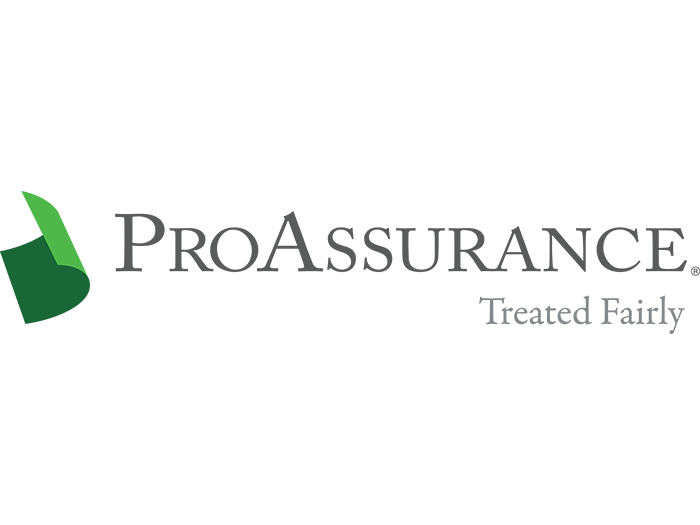Global Risk
Quantifying Supply Chain Risks

Would it surprise you to learn that of 130 countries worldwide, the most favorable location for supply-chain exposures is Norway?
The Scandinavian country might not be a risk specialist’s first guess about supply chain conditions throughout the world, but that is indeed the case, said Steve Zenofsky, FM Global assistant vice president and spokesperson.
Coming in behind Norway in terms of affording favorable supply-chain factors were Switzerland and Canada. Most challenging areas for risk managers? Kyrgyzstan, Venezuela and the Dominican Republic.
The rankings are according to FM Global’s new, free online Global Resilience Index, which assesses conditions in 130 nations, and analyzes such factors as corruption, political risk, local infrastructure, risk of natural hazards, availability and price of oil, and quality of local suppliers.
George Haitsch, executive vice president and practice leader of Willis Global Solutions, said the Index is unique in offering free access to a tool that addresses factors specifically related to supply chain risk hazards.
For its part, he said, Willis offers clients an online tool called Atlas, which allows them to track natural catastrophes worldwide in real time.
“That’s the technology we have been working on,” said Haitsch, noting that natural-disaster risk and supply-chain risk have become increasingly intertwined.
Torolf Hamm, executive director in Willis’ catastrophe risk management practice, said in a blog post earlier this year that businesses are “increasingly keen to identify which key parts of the supply chain could be affected by the same natural hazard event and what risk mitigation options are available to reduce this exposure.”
Eric Jones, assistant vice president for Business Risk Consulting at FM Global, said the “real power with this tool is getting our clients to start thinking about the risks in their supply chain from a physical risk standpoint.”
“Using the index, risk specialists can get the attention of the C-suite and increase their organizational commitment from a time and resource standpoint,” he said.
The Index is designed to permit users to search for “core resilience drivers” impacting supply-chain risks, to learn which countries have the highest and lowest scores.
In drilling down for political risk climate, Switzerland, Finland, and New Zealand, for example, ranked highest.
For natural-hazard risk management, Ireland, Portugal and Singapore ranked highest, while Costa Rica, Israel, and the United States ranked highest for fire risk management.
The tool also displays a color-coded map showing which parts of the world are most and least risky in terms of supply chain factors from 2011 through 2014.










